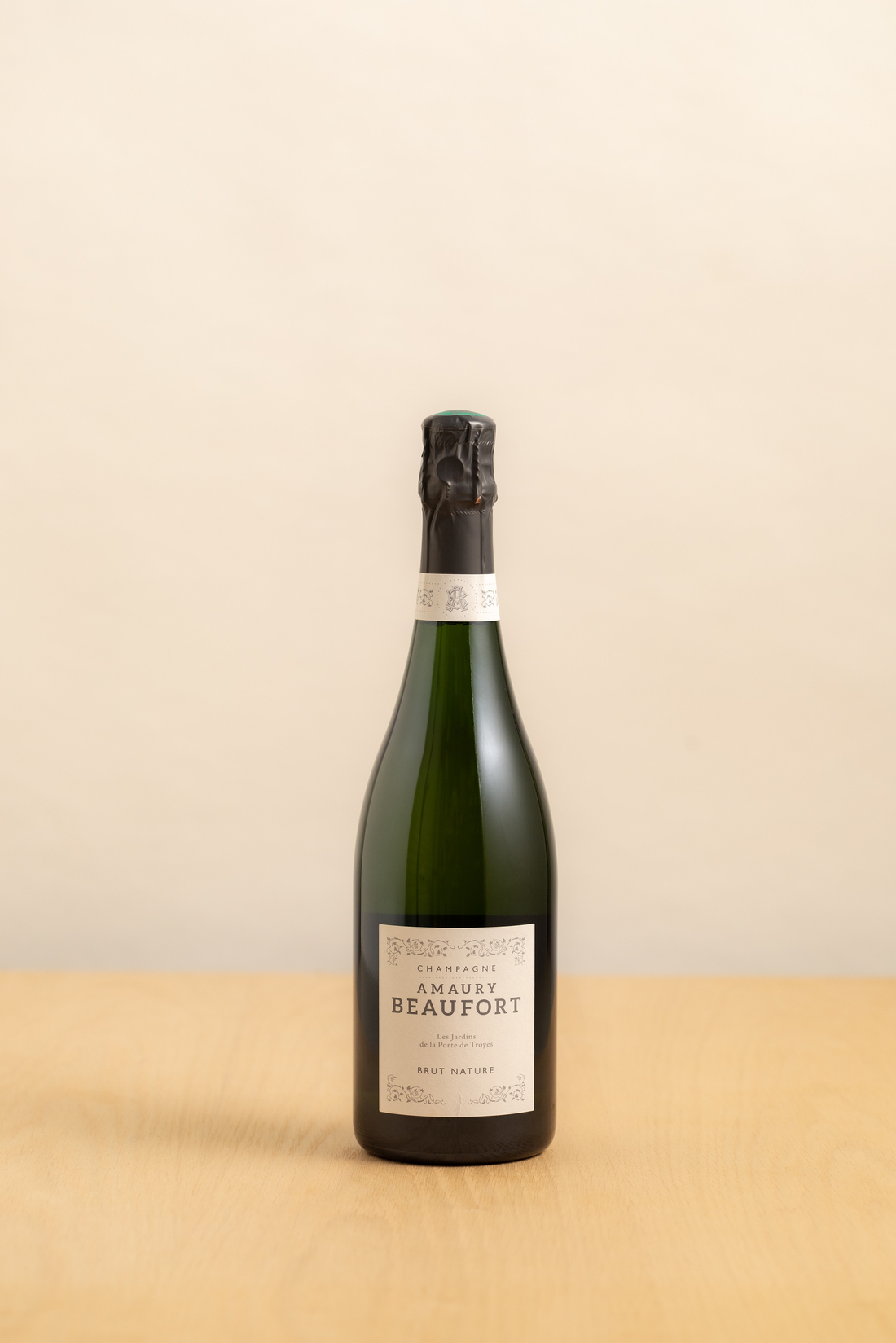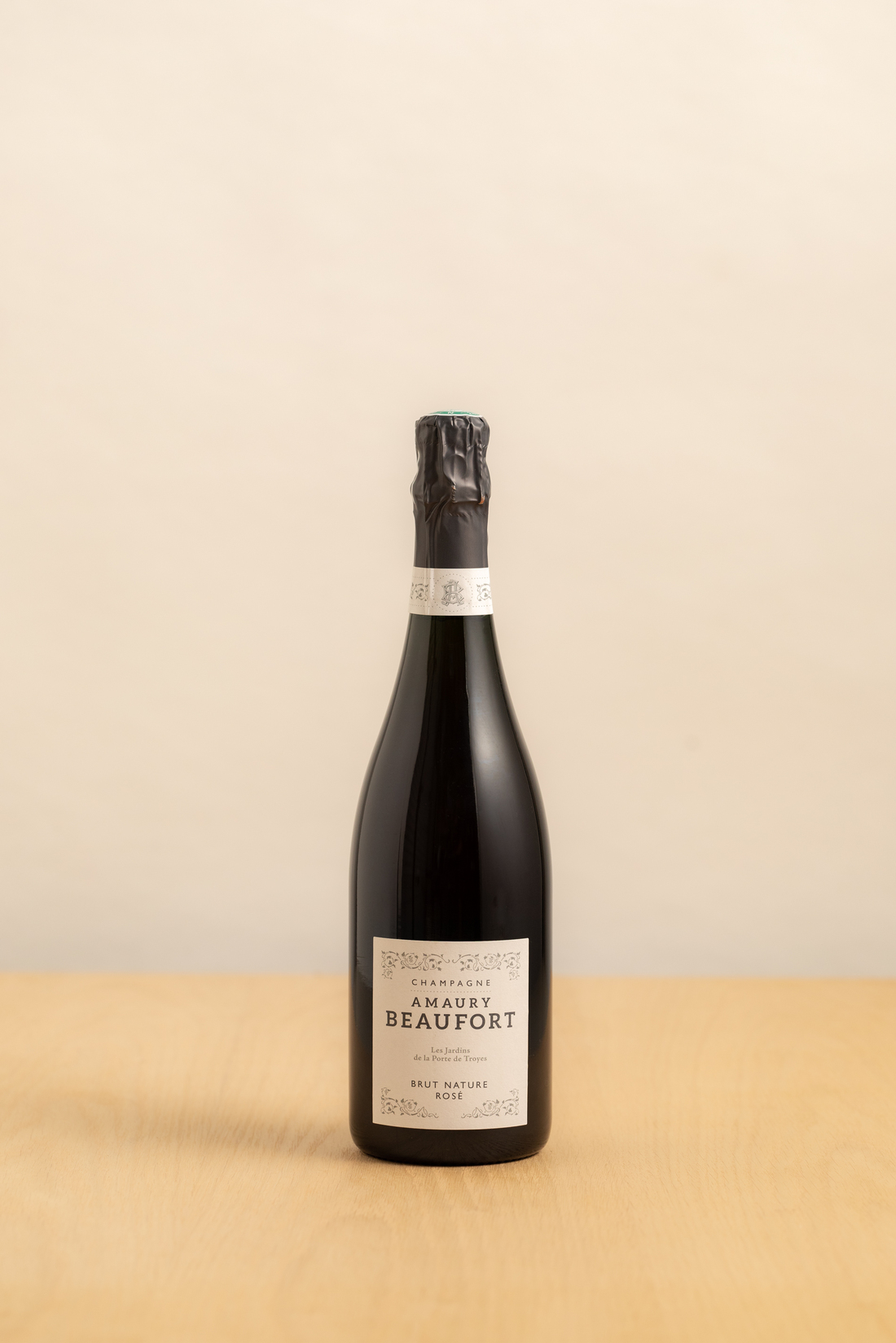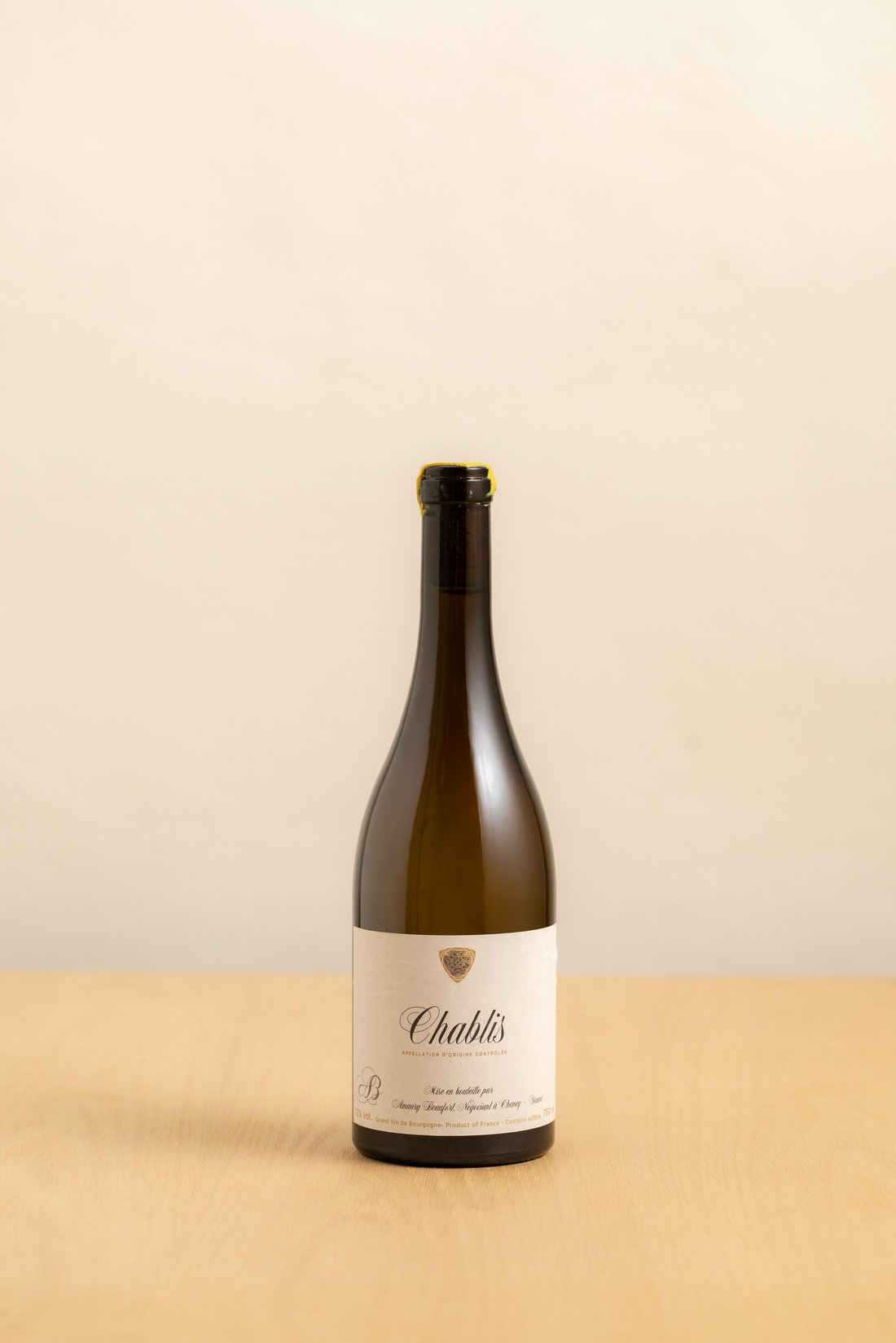Amaury Beaufort

We are thrilled to introduce many of you to the wonderful wines of Amaury Beaufort. Some will know the Beaufort name here in Australia and after making the wines of his family estate for many years he recently broke away from the family business to focus on his own Champagne project. In late 2021 Amaury Beaufort released his first champagne under his own name, from a 0.88ha champagne parcel called Le Jardinot in Polisy and we are delighted to have just received a small top up of stock just in time for Christmas.
After completing viticultural studies in Beaune in 2005, he worked many years for his family estate, Champagne André Beaufort, helping ensure the succession to his own generation. In parallel with the projects of his family, he planted 5ha near Tonnère, and produced still wine from 2007 until 2017 as Les Larmes de Divona. By 2018, Amaury sought a clean break. He split off from his work with the family, and began farming his own 0.88ha parcel in Polisy the way he liked. A gentle, mostly east-facing slope of pinot noir on kimmeridgian clay-limestone, capped with a section of chardonnay on portlandian clay limestone, Le Jardinot (as the parcel and the resultant champagne are called) is bordered on two sides by woodland. Planted in 1972, right after Amaury’s father Jacques Beaufort’s conversion to organics, the parcel has never seen synthetic treatments. It comprised part of Champagne André Beaufort until 2018, when Amaury broke off from the family enterprise to pursue his own champagne production.
Beaufort takes care to understate the differences that led him to break from the family estate and his négociant work with his brothers. But it doesn’t take much reading between the lines to see where Amaury’s priorities lie in viticulture. “For me the system is there always needs to be life in the soil,” he says. “Practically all the vignerons who work organically, they farm the vines, but they don’t farm the soil. They plow, they remove all the grass. Then it’s all naked. But there are a lot of microorganisms that need grass cover. I want my soil to play the role of a sponge. So when it rains, it absorbs it, and when it’s dry, only the surface dries out.” Here the under-emphasized issue is that maintaining grass cover entails a drop in yields, and the financial loss is all the more significant in regions where land is astronomically expensive. Beaufort also prefers to avoid vine trimming, finding it encourages root expansion and a greater resistance to pests and problems. Beaufort also credits late, careful pruning, in successive stages, with allowing him to avoid 2021’s catastrophic frosts.
In the cellar Beaufort ages his vin clairs for up to 21 months, this is extraordinarily long for Champagne vignerons working at his scale. With his close proximity to Burgundy, Amaury’s vinification techniques are more similar to Burgundy than classic Champagne. Fermentation begins in large 15hl oval casks. He doesn’t do battonage by hand, the shape of his casks allows for natural battonage. The wines are then transferred to Demi-muids for settling and further ageing. Wines are full natural fermentation with secondary fermentation from a selection natural yeast cultures the family have been using for over 20 years. No sulphur is added through the process and all wines remain unfiltered and unfined.
For us this is the most striking Champagne we have come across. It has a remarkable purity and linearity, something commonly seen in the past still wines he has produced. We are immensely proud to be brining these to Australia in extremely small amounts and look forward to expanding his range with a Rose and Coteaux Champenoise in the coming months.

